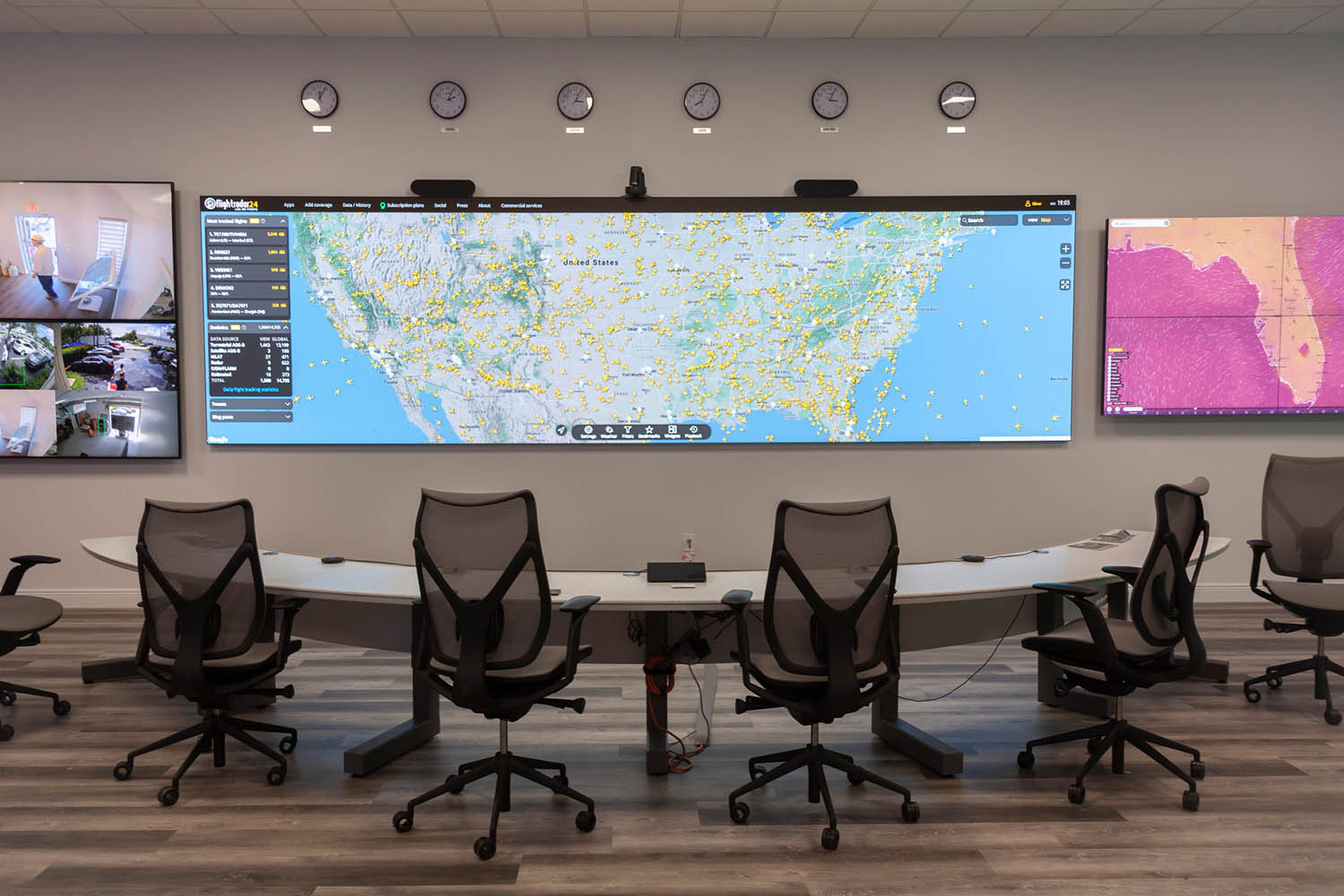Revolutionizing Transmission with Cutting-edge Audio over Internet Protocol Technologies toward a Connected Tomorrow
The world of media is undergoing a significant shift due to innovative audio over IP (AoIP) technologies. Such advancements are changing how audio programming is produced, delivered, and consumed. Audio over IP refers to the method of transmitting audio signals over a digital system, using Internet Protocol (IP) instead of traditional analog methods. This transition not only enhances the standard of audio transmission but also provides broadcasters with more freedom and control over their content.One key advantage of audio over IP technology is its capability to connect various devices and systems efficiently. Traditional broadcasting often depended on complex wiring and tangible connections, which could be burdensome and limited. With AoIP, broadcasters can readily connect microphones, audio consoles, and additional equipment through a common infrastructure. This integration allows for off-site broadcasting and live transmissions from virtually any place, making it easier to reach listeners across the globe. As a consequence, broadcasters can respond quickly to current events and listener demands, leading to more vibrant and engaging programs.
Moreover, AoIP systems facilitates high-quality audio formats that improve the listening encounter. In contrast to conventional broadcasting methods, which may diminish sound quality, audio over IP can preserve the purity of the audio stream during the transmission check that procedure. This means that listeners can experience clearer and more detailed sound, whether they are tuning in via terrestrial radio, streaming online, or employing portable devices. The capability to provide high-fidelity audio is particularly crucial for musical and discussion programs, where each nuance matters to the audience.
Additionally, the adoption of audio over IP systems can lead to financial efficiencies for broadcasters. By leveraging existing infrastructure systems, companies can remove the need for costly hardware and large-scale cabling. This not only reduces initial costs but also lowers maintenance costs over time. Media firms can distribute resources more efficiently, focusing on content creation and human resources growth. As a consequence, the entire media industry can gain from enhanced innovation and inventiveness, as financial resources are reallocated toward enhancing programming and interacting with listeners.
In summary, the shift towards audio over IP technologies is transforming the media landscape. By allowing seamless connections, enhancing audio quality, and reducing costs, AoIP is paving the way for a more integrated future in media. As broadcasters continue to adapt to these changes, they will be better equipped to meet the demands of their audiences, produce compelling content, and remain competitive in an ever-evolving industry. The future of broadcasting is bright, and audio over IP will take a key role in defining the manner in which we interact with audio programming in the future to come.
